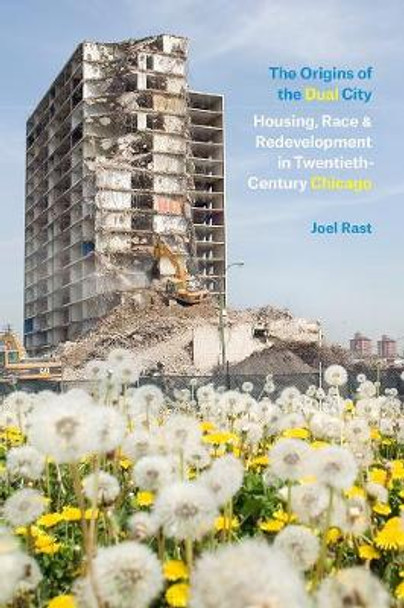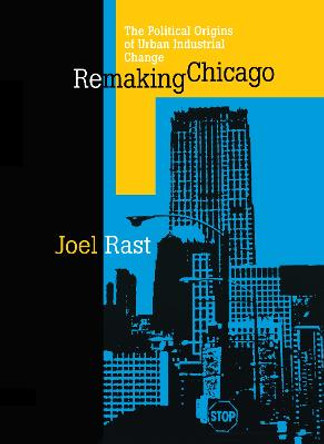Chicago is celebrated for its rich diversity, but, even more than most US cities, it is also plagued by segregation and extreme inequality. The stark divide between the gentrifying and primarily white neighborhoods on the north side and near downtown, and impoverished, largely black and Latino communities on the south and west sides is plainly visible. More than ever, Chicago is a "dual city," a condition taken for granted by many residents. Joel Rast reveals today's tacit acceptance of rising urban inequality as a marked departure from the past. For much of the twentieth century, a key goal for civic leaders was the total elimination of slums and blight. Yet over time, as anti-slum efforts faltered, leaders changed the focus of their initiatives away from low-income areas and toward the upgrading of neighborhoods with greater promise. As misguided as postwar public housing and urban renewal programs were, they were projects born of a long-standing reformist impulse aimed at improving living conditions for people of all classes and colors across the city--something that can't be said to be a true political or social priority for many policymakers today. Rast laments the acceptance of today's dual city and is intent on showing precisely how that paradigm took over from ones that shaped previous generations' policymaking. The Origins of the Dual City reveals nothing less than how we normalized and became resigned to a city with stark racial and economic divides.
About the AuthorJoel Rast is associate professor and director of urban studies at the University of Wisconsin-Milwaukee.
Book InformationISBN 9780226661582
Author Joel RastFormat Paperback
Page Count 352
Imprint University of Chicago PressPublisher The University of Chicago Press









